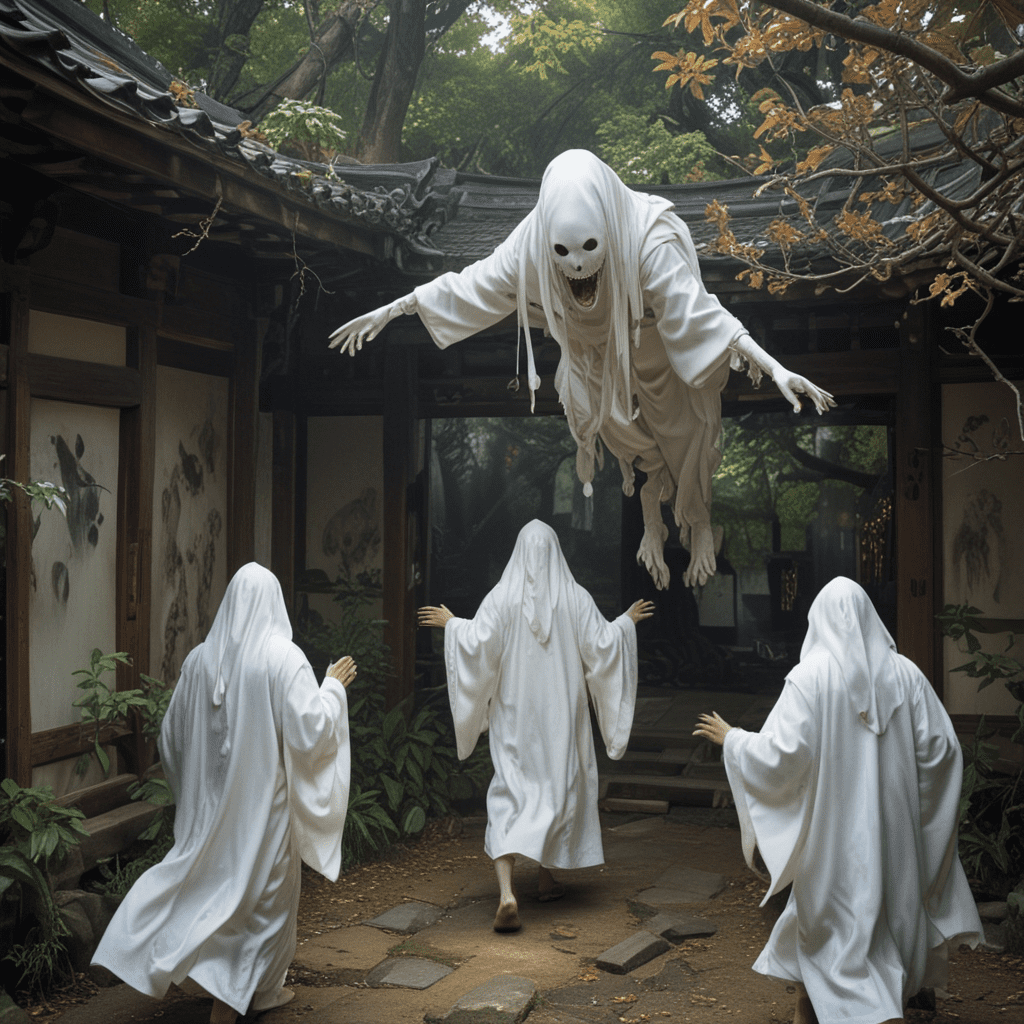White
In Slavic mythology, the color white holds significant symbolic meaning. It represents purity, innocence, and the realm of good. White is associated with deities such as Belobog, the god of light, and is often found in clothing and ceremonial objects associated with healing and protection. It symbolizes the hope and renewal of springtime and the triumph of light over darkness.
Black
Black, in contrast to white, embodies the forces of evil and chaos in Slavic mythology. It is linked to the underworld, death, and the powers of darkness. Gods like Chernobog, the lord of the underworld, are often depicted in black or dark hues. The color is believed to ward off evil spirits and protect against negative energies, making it a common choice for amulets and protective charms.
Red
Red is a powerful and vibrant color in Slavic mythology. It symbolizes life, energy, and passion. It is associated with the sun, fire, and the power of creation. The color red is commonly found in clothing, textiles, and ritual objects, and is believed to bring good fortune and protection.
Green
Green represents nature, fertility, and abundance in Slavic mythology. It is linked to Mother Earth, vegetation, and the life-giving force of spring. Green is believed to promote healing, prosperity, and the renewal of the cycle of life. It is often found in nature-related rituals and is associated with deities like Mother Earth and the Green Man.
Blue
Blue in Slavic mythology holds a deep spiritual and celestial significance. It is associated with the sky, water, and the realm of dreams. Blue is believed to represent peace, tranquility, and the connection to the divine. It is commonly found in clothing, jewelry, and religious objects and is said to bring protection and a sense of calm.
Yellow
In Slavic mythology, yellow is associated with the sun, gold, and wealth. It symbolizes happiness, joy, and prosperity. Yellow is often used in clothing, textiles, and jewelry to attract good fortune and bring a sense of cheerfulness.
Orange
Orange, a vibrant blend of yellow and red, embodies warmth, creativity, and vitality in Slavic mythology. It is believed to stimulate enthusiasm, passion, and a sense of abundance. Orange is commonly found in clothing, décor, and ritual objects to promote joy, happiness, and the celebration of life.
Brown
Brown, the color of earth and soil, holds significant meaning in Slavic mythology. It symbolizes stability, grounding, and the connection to nature. Brown is associated with the harvest, the land, and the abundance of the earth. It is believed to promote a sense of security and a connection to the natural world.
Purple
Purple in Slavic mythology represents royalty, power, and wisdom. It is often associated with the upper classes, nobility, and those possessing mystical knowledge. Purple is found in clothing, regalia, and objects of authority, symbolizing prestige, dignity, and the attainment of higher spiritual realms.
Gold
Gold, a precious metal, holds a special place in Slavic mythology. It represents wealth, prosperity, and the divine. Gold is associated with the sun, the heavens, and the realm of the gods. It is often found in jewelry, religious objects, and ceremonial garments, symbolizing power, abundance, and the protection of divine forces.



